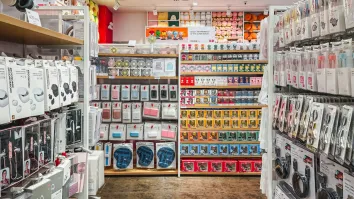
How e-commerce starts a new chapter in Southeast Asia
The region will experience a market value of $211b and a growth rate of 22% by 2025.
Southeast Asia's (SEA) region is set to start the next phase of e-commerce, with emerging trends like omnichannel e-commerce, AI integration and B2B2C fulfilment model.
These will help improve the experience of consumers shopping online and retailers setting up their stores. Furthermore, on-demand and last-mile delivery face a significant change to allow speed, convenience and cost to benefit customers and services.
E-commerce emerges as one of the fastest-growing sectors in Southeast Asia (SEA) with a projected market value of $211b by 2025 and an annual growth rate of 22%, marked by the market’s continuous flexibility and innovation.
In a region with over 660 million people and a shared GDP of an estimated $4t, Southeast Asia saw the highest GDP growth with 6.2% in 2021 and 5.1% in 2022.
Despite the challenges set by the recent pandemic, e-commerce continues to thrive as more consumers and merchants move to online platforms to access their needs and preferences and adapt traditional practices into digital processes.
“Southeast Asia is a huge market with 600 million people, and the e-commerce growth rates for these countries are some of the highest post-Covid worldwide,” Mehdi Jaouadi, an expert in YCP Solidiance, stated.
Singapore is the top-performing market in the region, with a 30% penetration rate and a $9b market size in 2021. Singapore’s mark in the e-commerce sector is propelled by high-speed internet, mobile phone dominance, tech-savvy users, advanced logistics, payment infrastructures and strong government policies.
ALSO READ: Food inflation concerning for South and Southeast Asia in 2024
Other markets like Malaysia, Myanmar and Vietnam experienced a significant rise in e-commerce businesses and consumer base, as well as the dominance of platforms like Shopee, Lazada, and Zalora.
The overall SEA market also experienced a compounded annual growth rate (CAGR) of 11.4% for five years, making 20% of all retail sales.
E-commerce significantly grew during the COVID-19 pandemic with a comprehensive number of products being available online. Electronics accounts for 34% of the items bought online, followed by beauty, personal care, and health.



















 Advertise
Advertise








